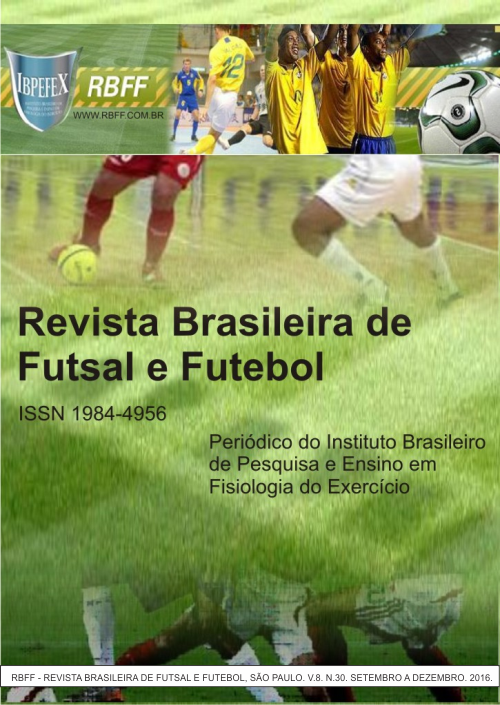Occupancy rate in the Brazilian arenas constructed for FIFA World Cup: a matter of engineering and projects
Abstract
In the year 2014 the Brazil hosted the biggest football tournament in the world, the FIFA World Cup, an event that brought together the top 32 selections today's national a tournament awaited with excitement to all lovers of the most popular sport on the planet every four years. To host this event Brazil has reformed (updated) or built 12 stadiums, which began to be called arenas, assuming the profile of contemporary large spaces for multiple use. However, some questions refer to original use of these spaces, which is sheltering football matches. Thus, what would have been the rate of occupancy of these stadiums (or, arenas) in the main football competition of the country immediately after the FIFA World Cup? This work presents the results of a survey carried out on the basis of official data from CBF to the Brazilian football championship of the first division. The numbers do not seem to be encouraging, but show that there is a way to reverse the situation and achieve in certain circumstances an occupancy rate in arenas similar to those observed during the world.
References
-CBF. Confederação Brasileira de Futebol. Boletins financeiros das partidas Campeonato Brasileiro da Séria A. 2014. Disponível em: <http://www.cbf.com.br/competicoes/brasileiro-serie-a/tabela/2014#.Va_pYflViko>. Acesso em: 22/07/2015.
-OESP. O Estado de São Paulo. Arenas ficam vazias 1 ano após a Copa. Esportes, D3, 12/07/2015.
-Argollo Ferrão, A. M.; Overa, A. F. Pacaembu: Patrimonio de Sao Paulo, templo del fútbol de Brasil. Abaco: Revista de Cultura y Ciencias Sociales. Gijón [España]. Vol. 2-3. Núm. 76-77. p. 99-106. 2013.
-Overa, A.F.; Argollo Ferrão, A.M.; Campos, M.A. Um Estádio Municipal do Pacaembu competitivo: propostas de reforma física e de gestão. In: Congresso Técnico Científico da Engenharia e da Agronomia -CONTECC 2014, Anais... Teresina [PI], 71a. SOEA, 2014. 4p.
Authors who publish in this journal agree to the following terms:
- Authors retain the copyright and grant the journal the right of first publication, with work simultaneously licensed under the Creative Commons Attribution License BY-NC which allows the sharing of the work with acknowledgment of the authorship of the work and initial publication in this journal.
- Authors are authorized to enter into additional contracts separately for non-exclusive distribution of the version of the work published in this journal (eg, publishing in institutional repository or book chapter), with acknowledgment of authorship and initial publication in this journal.
- Authors are allowed and encouraged to post and distribute their work online (eg, in institutional repositories or on their personal page) at any point before or during the editorial process, as this can bring about productive change as well as increase impact and impact. citation of published work (See The Effect of Free Access).





